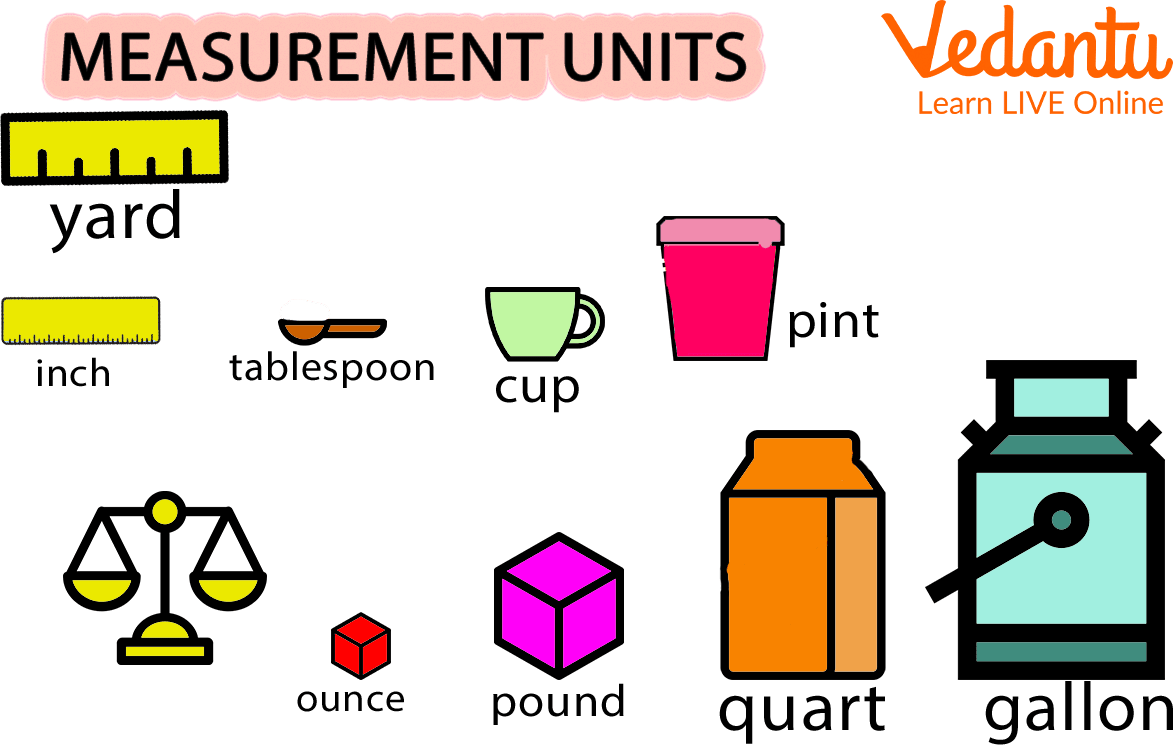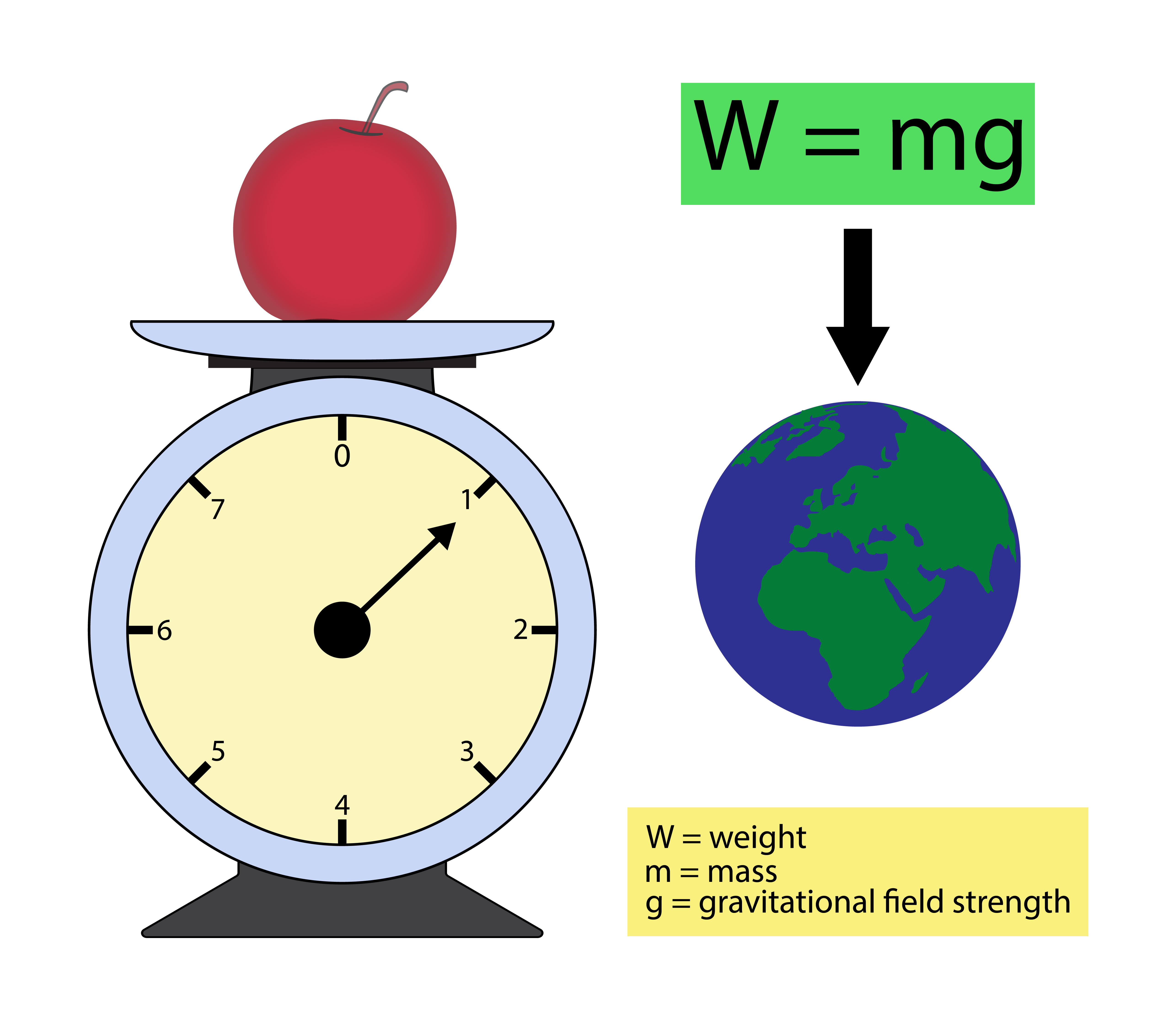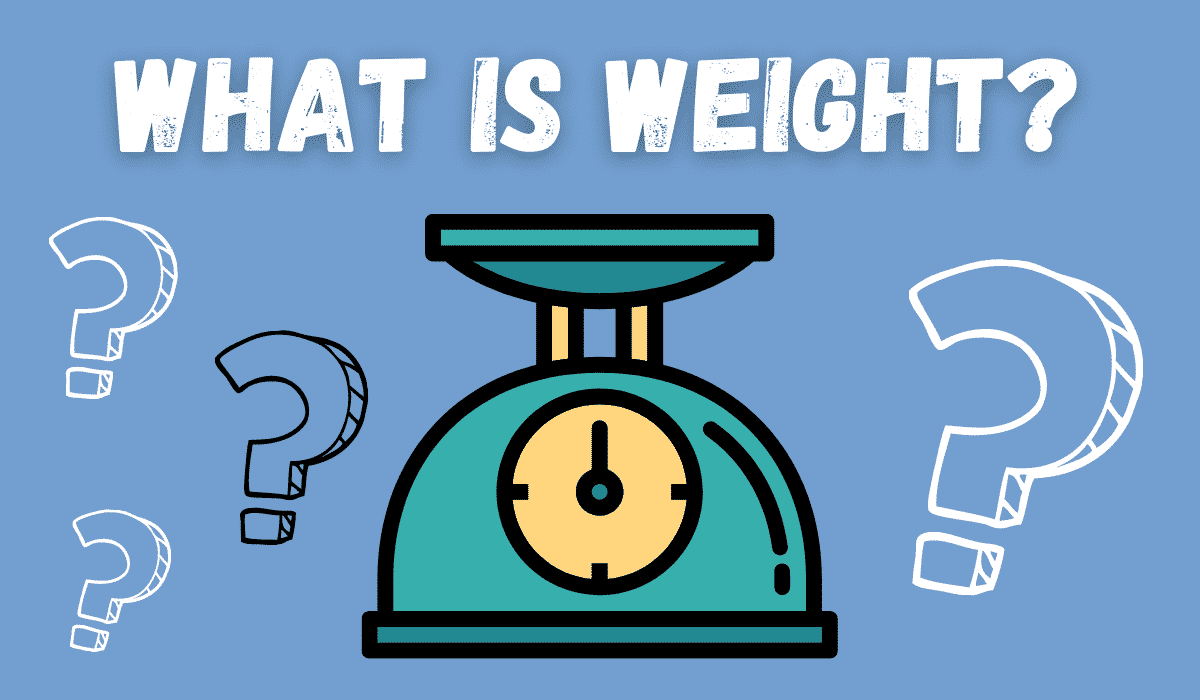Unveiling The Power Of Weight Loss Images Before And After
In a world saturated with visual content, few things capture our attention and imagination quite like weight loss images before and after. These compelling side-by-side comparisons serve as powerful testaments to human transformation, showcasing not just physical changes but often the incredible dedication, resilience, and hard work behind them. They can be a potent source of inspiration, a tangible representation of progress, and a motivational beacon for anyone embarking on their own health journey.
Yet, the landscape of these transformative visuals is complex. While undeniably inspiring, they also carry a responsibility to be authentic, realistic, and to promote healthy, sustainable practices. This article delves into the multifaceted world of weight loss before and after images, exploring their psychological impact, their role in motivation, the importance of authenticity, and how to use them as a tool for genuine, lasting change rather than a source of comparison or unrealistic expectations.
Table of Contents:
- The Undeniable Appeal of Weight Loss Images Before and After
- Gaining Perspective: Beyond the Surface of Transformation
- The Science Behind Visual Motivation
- Navigating the Digital Landscape: Authenticity and Misconceptions
- Your Personal "Project": Documenting Your Weight Loss Journey
- The Power of Community and Support in Your Journey
- Ethical Considerations and Body Positivity
- The Long-Term "Update": Sustaining Your Transformation
The Undeniable Appeal of Weight Loss Images Before and After
There's a fundamental human fascination with transformation. From caterpillars becoming butterflies to houses undergoing dramatic renovations, we are drawn to stories of change and improvement. Weight loss images before and after tap directly into this innate curiosity, offering a compelling visual narrative of personal triumph. For many, these images serve as concrete proof that change is possible, even when the journey feels daunting or insurmountable.
The appeal lies in their ability to translate abstract concepts like "healthy eating" and "regular exercise" into tangible, visible results. When someone sees a dramatic transformation, it bypasses the need for complex explanations and speaks directly to their aspirations. It provides a relatable benchmark, a visual goal that feels more attainable because someone else has clearly achieved it. This immediate visual impact is what makes them so widely shared across social media platforms, fitness blogs, and health communities. They are not just pictures; they are stories of resilience, dedication, and the profound impact of lifestyle changes on an individual's life.
Gaining Perspective: Beyond the Surface of Transformation
While the initial impact of weight loss images before and after is often about the physical change, their true power lies in helping us gain a deeper perspective. It's about understanding that the journey is far more complex than what meets the eye. These images, at their best, are a snapshot of a much larger narrative, one that involves consistent effort, mental fortitude, and often, overcoming significant personal hurdles.
When we view these transformations, it's crucial to look beyond the "presentation" of the final image and consider the "pace" of the journey. Real weight loss is rarely a linear progression. It involves plateaus, setbacks, and moments of doubt. The "darkish themes" of struggle, emotional eating, body image issues, and the sheer discipline required are often hidden behind the polished "after" photo. True perspective means acknowledging the entire spectrum of the experience – the triumphs and the challenges. It means understanding that the person in the "after" photo likely faced countless small battles and made consistent, often difficult, choices day after day. This deeper understanding helps set realistic expectations for one's own journey, moving beyond the superficial appeal to the profound commitment required for lasting change.
The Science Behind Visual Motivation
The human brain is wired to respond to visual stimuli. This is why weight loss images before and after are so effective as motivational tools. Psychologically, seeing tangible progress activates the brain's reward system. When we see a positive outcome, especially one we aspire to, it releases dopamine, a neurotransmitter associated with pleasure and motivation. This creates a positive feedback loop, encouraging continued effort.
Moreover, visual goals are more concrete and easier to conceptualize than abstract ones. Instead of just "losing weight," seeing a transformation allows an individual to visualize their potential future self. This visualization technique is a well-documented psychological strategy for goal attainment. It reinforces commitment by providing a clear target and a reminder of the desired outcome. Furthermore, for individuals tracking their own progress, taking regular photos serves as a powerful form of self-monitoring. It allows them to observe subtle changes that might not be apparent on the scale or in the mirror daily, providing consistent reinforcement and preventing discouragement during plateaus. This visual evidence validates their hard work and reinforces their belief in their ability to achieve their goals, making the journey feel more manageable and rewarding.
Navigating the Digital Landscape: Authenticity and Misconceptions
In the vast digital ocean, the authenticity of weight loss images before and after can be a significant concern. While many are genuine, there's also a proliferation of manipulated or misleading images designed to sell products or promote unrealistic quick fixes. This creates a challenging environment where discerning truth from fiction becomes crucial for the average consumer. The internet is rife with examples of how lighting, angles, posture, and even basic photo editing can dramatically alter the appearance of a person, creating a seemingly miraculous transformation in a very short period. This can lead to what one might call a "delusional choice" for viewers, where they believe in an impossible outcome or invest in ineffective solutions based on deceptive visuals.
It's important to approach these images with a critical eye. Unrealistic timelines, extreme claims, and a lack of transparency about the methods used are all red flags. A genuine transformation takes time, consistency, and a holistic approach to health. Promoting products that promise overnight results based on a single, dramatic image is often a marketing tactic that preys on desperation rather than offering sustainable solutions. For a YMYL (Your Money or Your Life) topic like health, it is paramount that information is trustworthy and accurate. Relying on manipulated images can lead to not just wasted money, but also potentially harmful health practices.
Red Flags to Watch Out For
- Unrealistic Timelines: Be wary of images claiming extreme weight loss in impossibly short periods (e.g., "30 pounds in 30 days" without context). Healthy, sustainable weight loss is typically 1-2 pounds per week.
- Extreme, Unhealthy Methods Implied: If the transformation seems to imply crash diets, excessive exercise, or unverified supplements, proceed with extreme caution.
- Overly Dramatic Lighting/Posing: Subtle changes in lighting, flexing, posture, and camera angle can create a significant visual difference without actual weight loss. Look for consistent conditions.
- Lack of Context or Transparency: Genuine transformations usually come with a story, detailing the process, challenges, and duration. Be skeptical of images presented without any background information.
The Role of Professional Guidance
Given the potential for misinformation, the role of qualified professionals cannot be overstated. Before embarking on any significant weight loss journey, consulting with a doctor, registered dietitian, or certified personal trainer is crucial. These experts can provide personalized advice, create safe and effective plans, and help set realistic expectations. They can also help you understand that a true "before and after" is a result of consistent, science-backed efforts, not just a dramatic visual trick. Their guidance ensures that your pursuit of a healthier you is based on sound principles, prioritizing your well-being over superficial results. This adherence to expert advice is fundamental to the E-E-A-T principle in health-related content.
Your Personal "Project": Documenting Your Weight Loss Journey
Viewing your weight loss journey as a personal "project" can be incredibly empowering. Just like any significant endeavor, it requires planning, consistent effort, and a method for tracking progress. For many, taking their own weight loss images before and after becomes an integral part of this project. It's not just about sharing with others, but about personal accountability and celebrating your own achievements.
When documenting your own transformation, consistency is key. Take photos in the same location, with similar lighting, at the same time of day, and wearing similar clothing (e.g., a swimsuit or fitted activewear). This minimizes variables and allows for a clearer comparison. Focus on taking full-body shots from the front, side, and back. Don't just rely on the scale; visual progress can be a huge motivator, especially when the scale seems stuck. Life often throws curveballs – a "big deadline for a project at my day job," "personal things including being in the middle of moving to a new place" – these can disrupt routines. Documenting your journey visually allows you to see how you adapt and continue your "project" despite life's interruptions. It's about celebrating the small, consistent efforts that build up to a significant transformation, recognizing that your health is an ongoing commitment, not a temporary fix.
The Power of Community and Support in Your Journey
While the journey of weight loss is deeply personal, it doesn't have to be solitary. The power of a supportive community can be a game-changer, providing encouragement, shared experiences, and accountability. Just as a "community for supporting" various endeavors thrives on shared goals, so too does a health-focused community. Whether online forums, local support groups, or simply a network of friends and family, having people who understand and cheer you on can make all the difference, especially when motivation wanes.
In these communities, weight loss images before and after often play a crucial role. They are shared not just as personal victories, but as inspiration for others. They spark conversations, offer practical advice, and foster a sense of collective progress. Seeing others succeed, and sharing your own progress, creates a powerful cycle of positive reinforcement. It helps individuals realize they are not alone in their struggles or triumphs, building a sense of belonging and mutual support that is invaluable for long-term adherence to healthy habits. This collective experience helps to contextualize individual journeys within a broader, supportive framework, reinforcing the idea that sustainable change is often a collaborative effort.
Finding Your Tribe: Online vs. Offline Support
- Online Communities: Platforms like Reddit, Facebook groups, and dedicated fitness apps offer vast networks of support. They provide anonymity, 24/7 access, and diverse perspectives. However, it's crucial to seek out well-moderated groups that prioritize health and positive encouragement over quick fixes or body shaming.
- Offline Support: Local weight loss groups, fitness classes, or simply a workout buddy can offer tangible, in-person accountability and camaraderie. The face-to-face interaction can be incredibly motivating and provide a deeper sense of connection.
Beyond the Numbers: Celebrating Non-Scale Victories
While before and after photos visually track physical changes, it's equally important to celebrate "non-scale victories" (NSVs). These are the improvements in health, fitness, and well-being that aren't reflected on the scale or in a direct visual comparison. Examples include increased energy, clothes fitting better, improved sleep, better mood, lower blood pressure, or the ability to perform physical activities that were once challenging. Recognizing these NSVs provides a more holistic view of progress and reinforces the idea that true health goes far beyond aesthetics. They are vital for maintaining motivation during plateaus and for appreciating the full spectrum of benefits derived from a healthy lifestyle.
Ethical Considerations and Body Positivity
The widespread use of weight loss images before and after also brings forth important ethical considerations, particularly concerning body image and self-esteem. While they can be inspiring, they also have the potential to foster unhealthy comparisons and promote unrealistic beauty standards. It's crucial to approach these images with a mindset of personal growth and health, rather than judgment or self-criticism.
The goal should always be to promote body positivity and self-acceptance at every stage of the journey. A healthy body is not defined by a specific size or shape, but by overall well-being. Using these images as a tool for personal motivation is healthy; using them to shame oneself or others is not. Emphasizing the journey, the effort, and the improved health outcomes over mere aesthetics helps to cultivate a more balanced and compassionate perspective. It reminds us that true transformation is internal first, manifesting externally, and that every body, at every size, deserves respect and care.
The Long-Term "Update": Sustaining Your Transformation
Achieving a weight loss goal, as depicted in a powerful "before and after" image, is a monumental accomplishment. However, the journey doesn't end there. Weight management is a lifelong commitment, requiring continuous effort and adaptation. It's about making a "long-term update" to your lifestyle, similar to how a complex system requires ongoing maintenance and "updates" to function properly. The "after" photo is not a finish line, but a new starting point for maintaining healthy habits.
Sustaining transformation involves consistent self-care, mindful eating, regular physical activity, and ongoing emotional well-being. It means being prepared for life's changes and having strategies to navigate them without reverting to old habits. Just as one might need to "update the pages" of a growing knowledge base, individuals must continuously update their understanding of their own body's needs and adapt their routines accordingly. This ongoing commitment ensures that the incredible progress captured in those powerful weight loss images before and after becomes a permanent part of a healthier, happier life, rather than a fleeting moment in time.
This long-term perspective is vital for true success. It shifts the focus from a temporary diet to a sustainable lifestyle, ensuring that the health benefits and personal achievements are maintained for years to come. It’s about building resilience and developing a flexible approach to well-being that can withstand the inevitable challenges and changes that life presents. The ultimate "after" is a life lived with sustained health and vitality.
Conclusion
Weight loss images before and after are undeniably powerful tools. They inspire, motivate, and provide tangible proof of incredible human potential. They help us in "gaining perspective" on the challenging yet rewarding journey of transformation. However, their true value lies not just in the visual spectacle, but in the story they tell – a story of dedication, resilience, and the profound impact of choosing a healthier path. It's a "project" that requires consistent effort, a supportive "community," and a commitment to "long-term updates" in lifestyle.
When viewed through a lens of authenticity and self-compassion, these images can be invaluable allies in your health journey. Remember to seek professional guidance, prioritize your overall well-being over superficial aesthetics, and celebrate every step of your unique transformation. What are your thoughts on the power of these images? Share your experiences or questions in the comments below. If you found this article insightful, please consider sharing it with someone who might benefit, or explore other health-focused articles on our site to continue your journey towards a healthier you.
- Mary Kate Olsen In Bikini
- Gypsy Rose Crime Scene Photos
- Michael Bryan Blosil
- Dakota Johnson And Gwyneth Paltrow
- Lip Kiss

Weight Measurement Units - Learn Definition, Facts and Examples

Weight

What is Weight? (All the Basic Definitions & Units Explained)